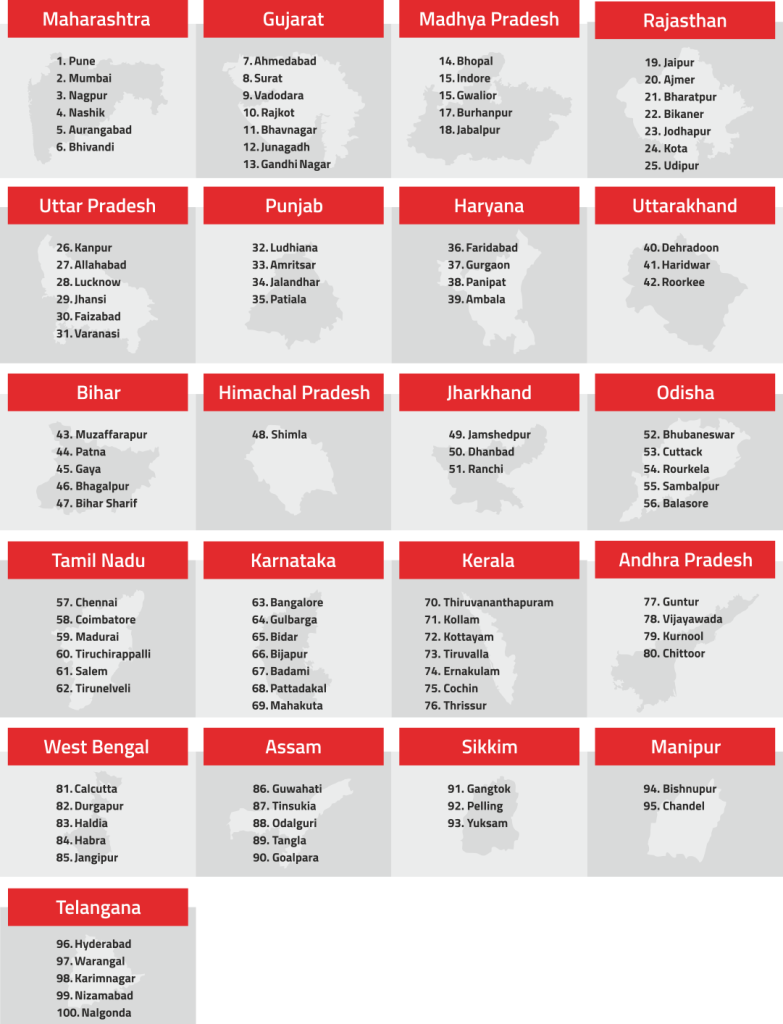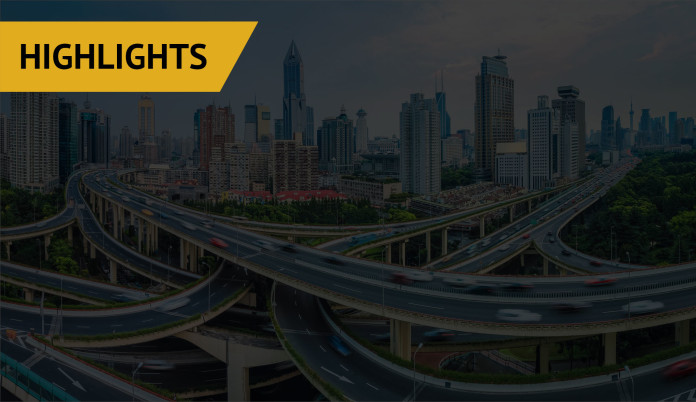HIGHLIGHTS
of the launch of the Smart Cities announced by Prime Minister Narendra Modi on June 25, 2015 in New Delhi
Giving a simple vision of a smart city, he said it is one which was a step or two ahead of people’s aspirations. “There should be facility for walk-to-work because today a person spends maximum time in travelling to office and gets very little time to work,” Modi said.- Only infrastructure projects, that too with larger public benefit, will get central assistance in the smart city scheme
- In April, the Union Cabinet had cleared Rs 50,000 crore as Central assistance for 100 smart cities. Each city can get Rs 100 crore of central fund a year for five years, while the rest has to be financed by states, local bodies and private parties
- For the first time in the country, the people and the urban leadership would play a critical role in deciding the future of their cities. So far, cities grew based on investment choices made by builders, said PM during launch of Smart Cities
- No time frame has been provided for the completion of the smart city project, except that 20 cities will be chosen through a two-pronged competition in 2015-16 for Central assistance and the remaining 80 in the following two years
- Once 100 cities are selected by the states, they will compete among themselves for making it to the first list of 20
- The competition will be based on points given for a city’s vision, proposal, financing ability, cost effectiveness of a project, innovation etc.
- Public-private participation (PPP) model will be the backbone for resource mobilisation, the smart city project will be operated through 50-50 special purpose vehicles (SPV) between states and urban local bodies
- To avoid delays and non-completion of projects, states/UTs will be required to indicate resource tie-ups under state level action plans
- As per the minimum area norms given in the guidelines, any retrofitting or brownfield project must measure at least 500 acres, greenfield project must be spread over at least 250 acres and the criterion for redevelopment is 50 acres. In the case of north-eastern and Himalayan states, the area to be considered will be 50% lower
- 10% of energy needs to be met from renewable sources, 80% of building construction should be green and 35% of housing in greenfield projects must be for economically weaker sections
- An inter-departmental taskforce will be set up to coordinate all aspects of smart city development
- The Centre has virtually withdrawn from the earlier practice of appraising and sanctioning individual projects, thereby ending the scope for subjectivity and discretion
Here goes the list of cities that have been proposed by Union Cabinet to be upgraded to Smart Cities.

















